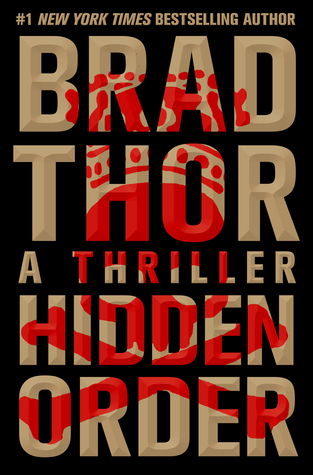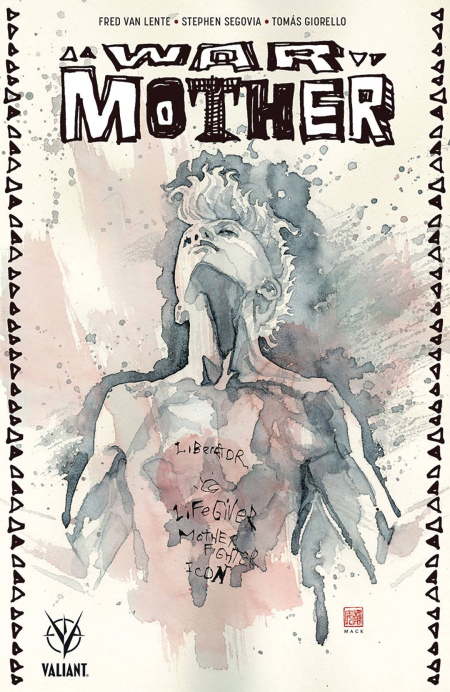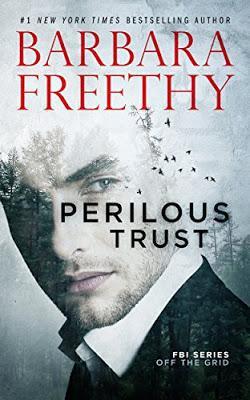In the past I’ve raged against some cable exclusives distinguished (even if on occasion rightly) for being “good” TV like The Walking Dead and Game of Thrones because they endorse a really anti-social understanding of human relationships.1 These texts discuss an “inevitable” and desperate microsociety in the context of the world’s end (in the case of the former), or the encroaching possibility of its end (in the case of the latter). Factions are incapable of cooperating, trust is naive and dangerous, leadership must be unquestioned, violence is benevolent or at least forgivable. The tantalizing question these shows ask is without the dicta of civilized society, what would you do to survive. The answer is played out on screen: Sad action beard survives with weapon in hand, likeable but soft-hearted kiddo gets all brutalized, honour-bound paladin underestimates human greed, sadistic evildoer swirls an amber liquid and cackles, taking a moment to shed mope about his dead (probably) daughter.
I’m overdoing it more than a bit. But I want to serve a context for what the internet keeps telling me are the most popular stories right now: that is, dystopian and apocalyptic fiction. Every once in a while I’ll get the urge to take a broad look at what these things “mean”2 and I’m not sure whether or not it’s leading to something, but the fascination with the end of the world is just so prevalent and the end of the world just feels so possible. The mere existence of nuclear weapons, superbugs, rising sea levels immediately put every human being who lives or could live at risk of dying. And the knowledge that the social class most responsible for creating this atmosphere will suffer the least of its consequences only exacerbates the sense of frustration and helplessness. The grotesque existential anxiety of these always imminent catastrophes are new in human history having risen only between—what?—three and six generations depending which calamity we’re talking about? The feelings have been percolating right along with industrialization and the threat just feels closer anymore.

Donna Haraway’s Staying with the Trouble: Making Kin in the Cthulhucene troubles the idea of the Anthropocene. Then it stays with that trouble. Duh. The Anthropocene, a term that originated in the 80’s and has grown in popularity since, describes a geological period of planet Earth most impacted by human activity. Where other geological periods were marked by, say, volcanic activity or rapid cooling, the Anthropocene is marked by industrialization and climate change. Unsurprisingly, Haraway stays with the trouble she marks in this period by suggesting a different frame of reference for it: Cthulhuscene. Where the Anthro is marked by individuality, tool-using, civilization-expanding human exceptionalism, Cthulhu is expansive, cross-species, defiant to borders and attentive to history. Anthro is goal-oriented and epistemological, Cthulhu is incomprehensible and existential. Ya dig?
Cuz I don’t. Theory writing is dense at the best of times but Haraway’s verbiage is especially difficult to parse. I imagine that’s the point. It doesn’t make her point better or worse but it’s a deliberately difficult concept that I think works to reconfigure how we reimagine our world, our world’s end, and our place in both.
I don’t know if there are any more or less stories of apocalypse in the last ten years than the ten years before that, or before that even, but there is a certain flavour to stories about life-after-everyone-else’s-death that shows up in things like The Walking Dead, Fallout3 and every zombie story ever. The world after human life isn’t really imaginable. I mean. Not reeeeeeally since to place a voice or gaze in a world, even one without humans, is to presume human interaction receiving whatever message is documenting the world. No, what apocalypse fiction does is constrain annihilation within the scope of human subjectivity. Even the biblical apocalypse isn’t about an end, but rather a great change. Death itself in religion isn’t the same as annihilation, it’s just a great change of consciousness. Annihilation is unimaginable. I’m retreading the thoughts that MrsDawnaway wrote on this blog.4
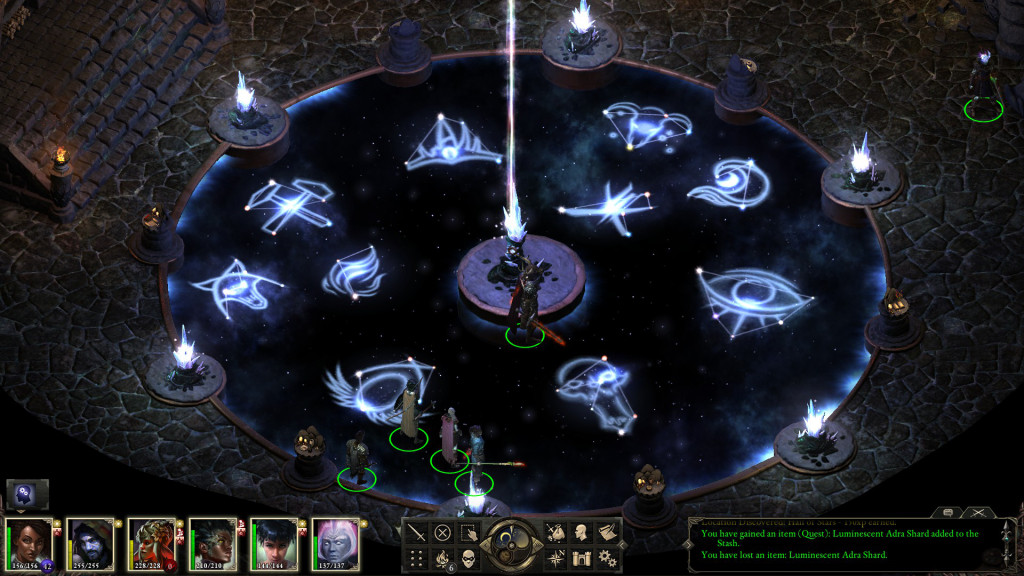
But that great shift in consciousness, that answer to “what would you do to survive” tends to take a very familiar appearance time and time again. InXile’s 2014 isometric SRPG Wasteland 2 is a post-apocalyptic western following a party of player-generated characters across the Arizona desert sovin’ crimes and bustin’ heads in the last livable habitable pockets of land. I’m not sure why the developers went so far out of their way to make a game just for me but I appreciate the thought. But the wasteland of Wasteland 2 is still guided by the same fortress mentality that the game’s own logic holds responsible for ending the world in the first place.
Let me explain that a bit better. So the player begins their very tabletop-esque adventure by rolling up to four characters for their main team. Then they’re asked by two characters of the first Wasteland to go looking for the other two characters of the first Wasteland. One Wasteland 2 later, the player has visited a number of major settlements, each embroiled in some dispute between two factions. Some of these disputes are on the verge of violent outbreak, others are at the onset of violent outbreak. In each case, the player’s team of Desert Rangers must do that RPG thing where they hear out each side, pick a side, and kill the other side.
The immediately and repeatedly spoken goal of intervening in so many different conflicts is to bring justice to the lawless lands of Arizona and California. Some factions understand justice, or some version of it, others don’t, and the player offers muscle to one side or the other. Or they could kill everybody, or they could kill only a few human obstacles to peace. In any case each feudal city state is wrought by civic unrest, which the player applies some degree of force to resolve.
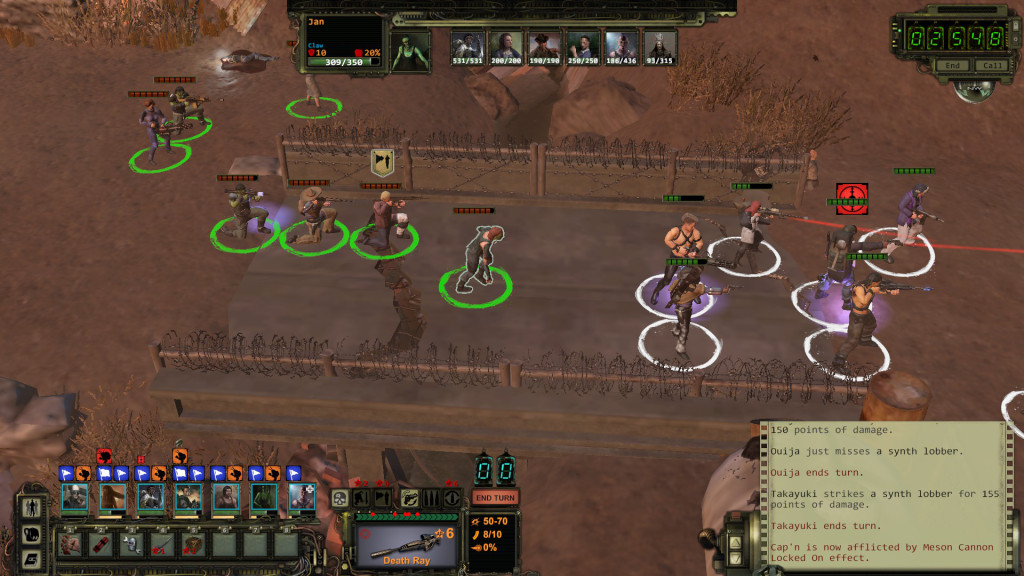
I liked Wasteland 2 a lot. But it takes no effort to see the colonial mindset that every scrap of territory outside the army’s subjugation is either openly hostile or openly pleads for near unconditional armed intervention. There’s something very familiar happening in Pillars of Eternity, a real-time RPG that shares Wasteland‘s incredible digitization of tabletop mechanics. Pillars of Eternity asks the player to care for and renovate a fortress. Which they furnish with a bounty-collection side-gig and state of the art for-profit prison in the basement. The player-character is responsible not just for a literal fortress (and all the militant upkeep that goes along with it), but their prosperity is directly tied to enacting the exact violence that jeopardizes civilization in the first place.
The player’s fortress stands atop the ruins of a different fortress. The previous fort keeper went mad with grief after losing his son (as one does), and built a massive monument out of a dangerous magical ore, thus attracting skeletons, ogres, dragons and other such baddies. To truly claim the keep, the player needs to venture below and slay the master below…who lives below. This is a colonizer’s fantasy. This is liberation through subjugation of the Other. If it is unlike me it is hostile; if it is not hostile it must be like me or close enough that I can convince it to be like me.
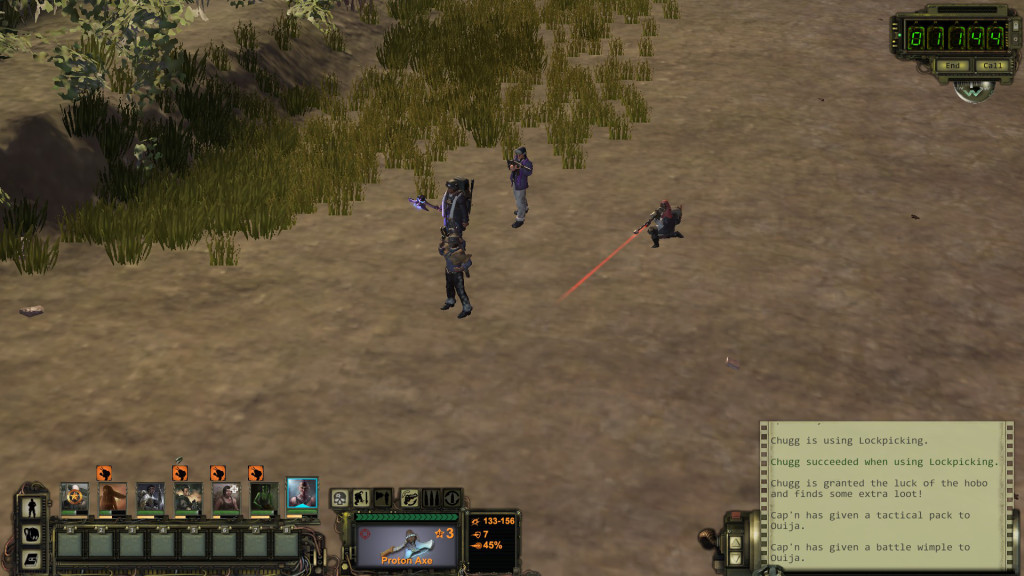
There is one more thread I want to try to collect before trying to weave them together. I want to talk about garbage. Garbage is actually pretty important to the apocalypse. That piece by MrsDawnaway I referenced earlier argues that post-apocalyptic can’t refer to an ending because to write assumes a future reader, within the apocalypse one still projects consciousness into the future, even without knowing how time will inhibit translation. Apocalypse refers to change, not closure; it refers to a disruption of signification, not its occlusion. All we find in the wasteland is garbage. The magistrate in JM Coetzee’s Waiting for the Barbarians develops a fascination with the ruins of a long dead civilization; after he is captured and tortured by his own military officer’s, he is called to translate what the relics from those ruins mean, in case they could lead to some insight about what the natives are up to. There is no translation, there are only dusty, eroded houses. So the magistrate makes shit up because it might mean something to him in his own moment.
Ruins are a curated language that only hold an agreed upon meaning. When cut off from that meaning, they become garbage. In China Miéville’s Railsea, the ruins of America are covered by an automatically maintained latticework of train tracks, which provide the only safety from a myriad of mutated beasts living below the earth. Rail-sailors scavenge lost artifacts and struggle to refurbish them. In Roadside Picnic by the Strugatsky brothers, aliens visit a remote Canadian wilderness and leave behind chemicals, machinery, trinkets and organisms that defy known physics. A new scientific field is pioneered to understand the nature of what is ominously called “the zone.” This site of contamination is left as a warning by the aliens…or a gift…or they just had a picnic and left their garbage behind and the critters of earth are sniffing and poking at garbage to see what they can make a nest out of.
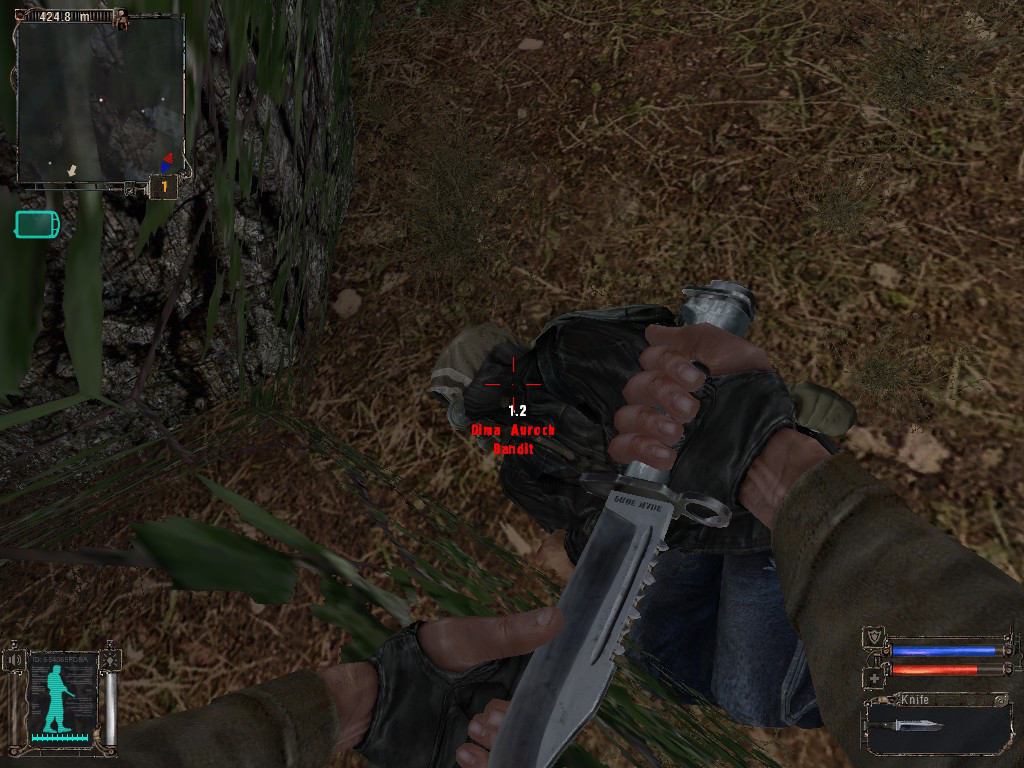
Roadside Picnic is quietly one of the more influential pieces of fiction on games, especially east European games. S.T.A.L.K.E.R., an adaptation of an adaptation of Roadside Picnic has the player navigated a radiation zone, competing or cooperating with a number of tribes for the most unique and most valuable shit left at the dangerous center. These are stories about scavenging, stringing broken parts together and making something work again, or work for the first time. In S.T.A.L.K.E.R., armor deteriorate with use, in Wateland 2 guns jam and societies trade in scrap. History is lost but there is some purpose to it, an assumed subject that projected themselves into the future, where the survivors must make meaning out of what remains.
A consequence of the Anthropocene’s focus on global industrialism is that it takes human productivity as something that only exists in mass-production and consumption. Consumption demands production, production produces waste, waste cannot be consumed. So the cycle goes. Haraway interrupts us, though, by choosing Cthulhu as an idol to embrace. Cthulhu is a gothic terror of the unknowable, it’s ancientness outside the scope of human understanding. It also strips the privilege of human beings at the center of the Anthropocene. The trouble she keeps with is heterogeneity, it is an acceptance of difference and an indifference to closure. I don’t think she’s talking about garbage, but there is something to be said about how we re-frame garbage in our own lives.
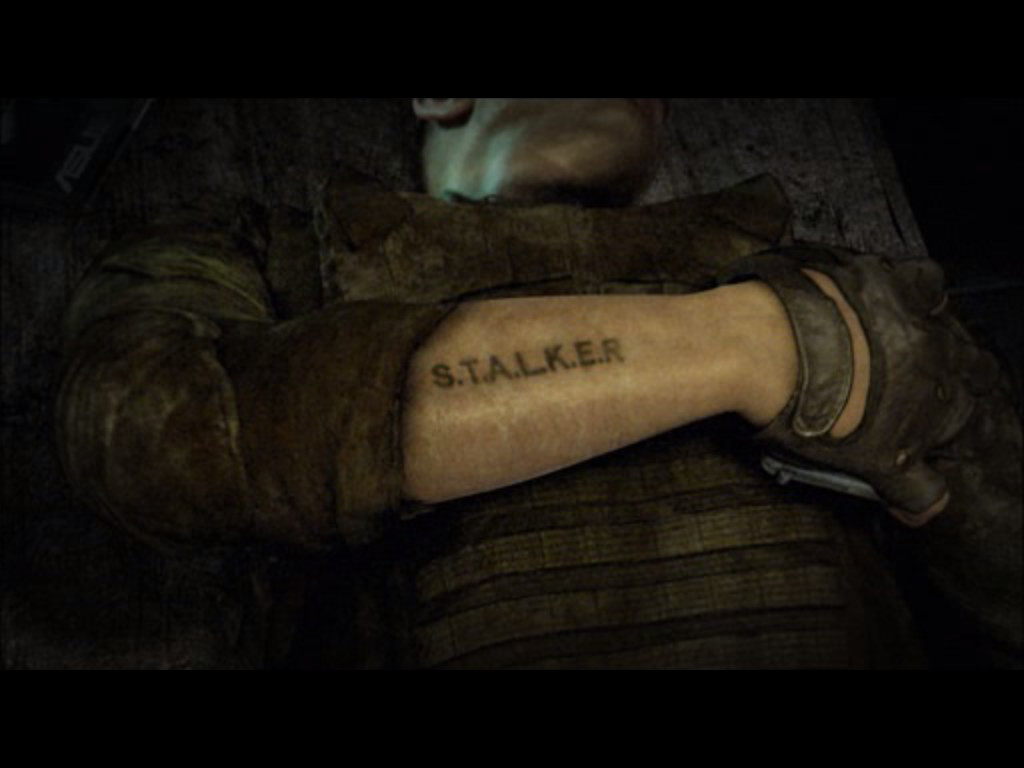
Garbage isn’t just a lost history, it’s a thing. Things can be used or they can be ignored. Things don’t have a purpose. Maybe a thing can connect people together, maybe it can be mobilized to a task but there is no difference between it and animals. Humans are animals and machines and things, but thing and machines and animals are also human. More human than in an individualized, hierarchized vision of the world that strategically distributes value around human need. Garbage is an enemy to progress, and some people are garbage. The colonial fantasy is cleaning up the mess of the apocalypse even when it knows exactly who built the bombs and what they were used for.
I wonder what Wasteland or something like it would look like outside of the colonial fantasy. What would the wasteland look like if it weren’t an end of everything that was and instead was just another place. What kind of stories are possible outside of the fortress and why is the fortress so necessary to creating relatable tension? How come Wasteland and Pillars of Eternity can acknowledge that order is just a different kind of violence and then treat it like the chemical base for social cohesion? What meaning can we produce from imagined garbage that connects to, say, truth and reconciliation, heterogeneity and embracing Otherness, human-machine-animal-nature interactions, relationships to space. I’ve seen these stories take place in different wastelands. I’ve played them in other games even! So I know it’s possible. Cycles of fortress violence and garbage collection are not inevitable.
1 Filipowich, Mark. “And I Feel Fine.” bigtallwords. Nov 12, 2013.
2 Filipowich, Mark. “On Evaluative Criticism.” bigtallwords. May 22, 2015.
3 Filipowich, Mark. “Nuking the Family in Fallout 4.” bigtallwords. Jan 12, 2016.
4 MrsDawnaway. “‘If you can read this, LEAVE!!!’ Storytelling in Left 4 Dead and Zone One.” bigtallwords. Dec 22 2014.
This article was supported with community patronage. If you would like to support my future writing please consider becoming a patron.
Advertisements Share this:- More


